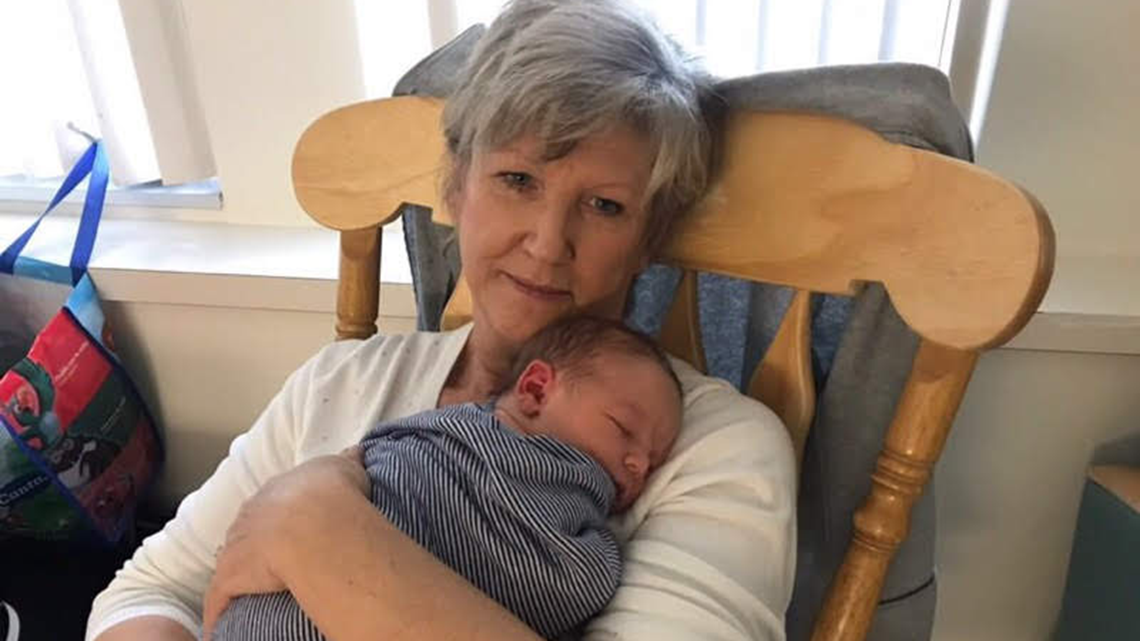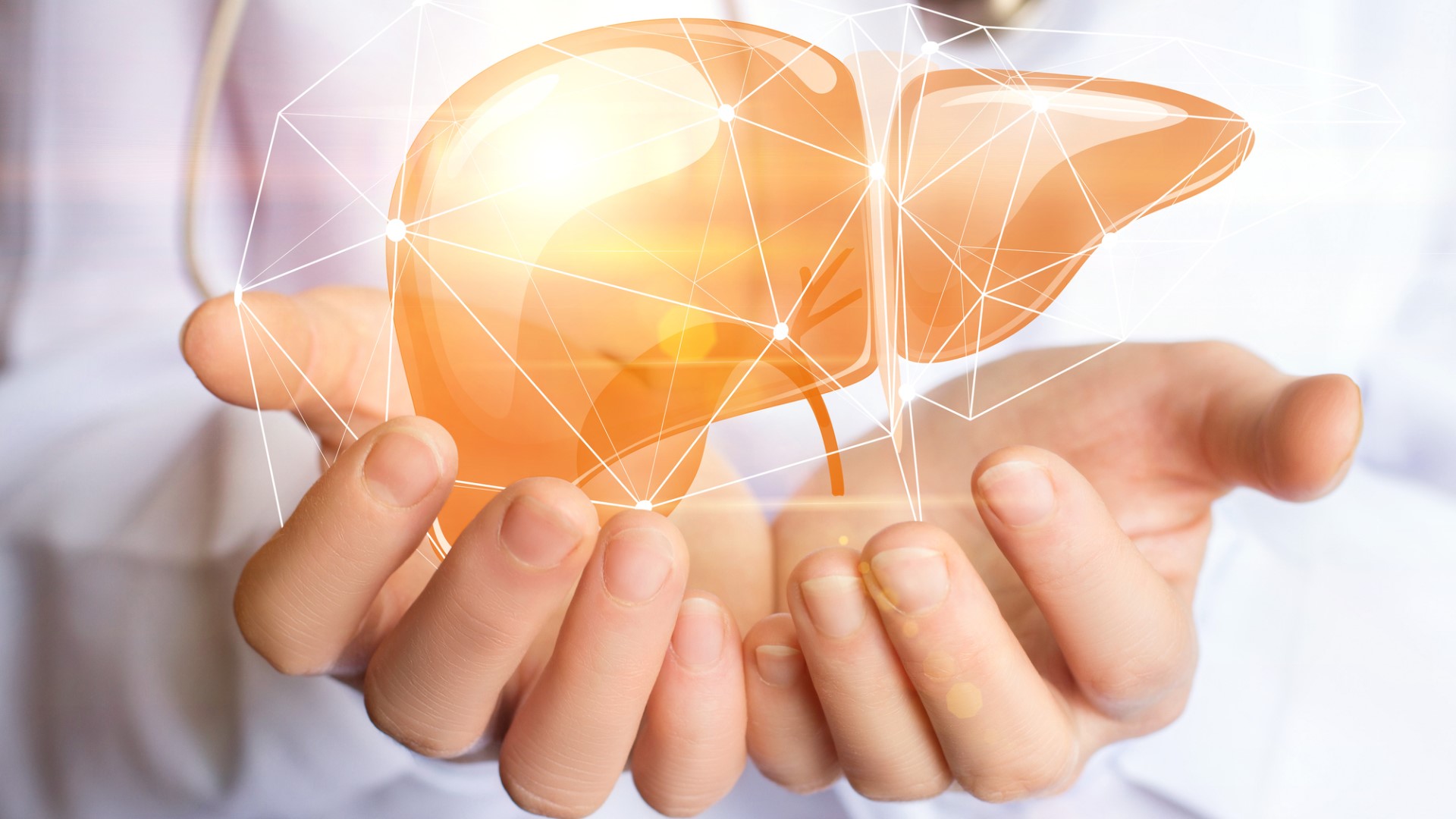SEATTLE — This segment is an encore presentation taped pre-COVID-19. Please contact businesses directly for the most up-to-date info on hours and closures.
Fatty liver disease has few symptoms but is a serious condition where too much fat builds up within the liver. "This is extremely common," said Hepatologist Dr. Blaire Burman, "One in four Americans has fatty liver disease," and it goes undiagnosed for the vast majority.
It can be caused by alcohol abuse, or it can be classified as nonalcoholic fatty liver disease. The accumulation of fat can cause inflammation of the liver known as steatohepatitis, ultimately leading to liver damage or liver cancer.
Patient Karen Anderson has the disease. "I had abnormal liver enzymes, but they didn't know what was causing them," said Anderson. She described her symptoms as a nauseous feeling and pain underneath her right rib cage.
Dr. Burman is Karen's Hepatologist at Virginia Mason. "The diagnosis is often one of exclusion," she said, "We notice that someone has mildly elevated liver enzymes and maybe, they have risk factors for fatty liver, for example, Diabetes, obesity."
Karen did have metabolic syndrome, Type II Diabetes, high blood pressure, and high cholesterol, but nonalcoholic fatty liver disease was not visible in Karen's family medical history around the time she began to look for answers.


"Nonalcoholic fatty liver disease is really a broad spectrum," said Dr. Burman. "At one end of the spectrum, patients can really store fat in their liver, but they don't have an inflammatory response to that fat and it's really a benign condition, so these patients don't progress to advanced forms of liver disease."
"On the other end of the spectrum, we have something called nonalcoholic steatohepatitis (NASH). It's our patients with NASH that are most at risk for progression to cirrhosis. Once cirrhosis develops, patients are at risk for impairments of the liver function potentially needing a liver transplant, and liver cancer, it's actually a very common complication."
Anderson's diagnosis included NASH, which developed into cirrhosis and ultimately, liver cancer. She had surgery last March to remove the cancerous cells in her liver, and along with lifestyle changes, Anderson has been able to stay on top of her health.
"This really is a silent epidemic," said Dr. Burman. "Our job as doctors is to really identify those patients like Karen who are at risk for the more severe manifestations of the disease, for example, the cirrhosis and the liver cancers, and make sure we're getting those patients into appropriate treatment and monitoring programs."
Dr. Burman confirmed that checking for abnormal fatty liver enzymes is part of an annual exam with a primary care doctor. However, not everyone has access to healthcare and a primary care doctor.
"There is a lot you can do," said Dr. Burman. "It's not that this is a list of things you can't do, but smaller amounts of weight loss and small dietary changes, cutting back on sugar, cutting back on simple carbohydrates makes a huge difference."
The overall goal for patients of fatty liver disease is to lose an average of three to five percent of total body weight to reverse the fat accumulation process in the liver.
Learn more about fatty liver disease's symptoms, diagnosis, and treatment at virginiamason.org.
This segment is sponsored by Virginia Mason. Watch New Day Northwest 11:00 weekdays on KING-TV Ch.5 or streaming live on KING5.com. Connect with New Day via Facebook, Twitter, Instagram.

